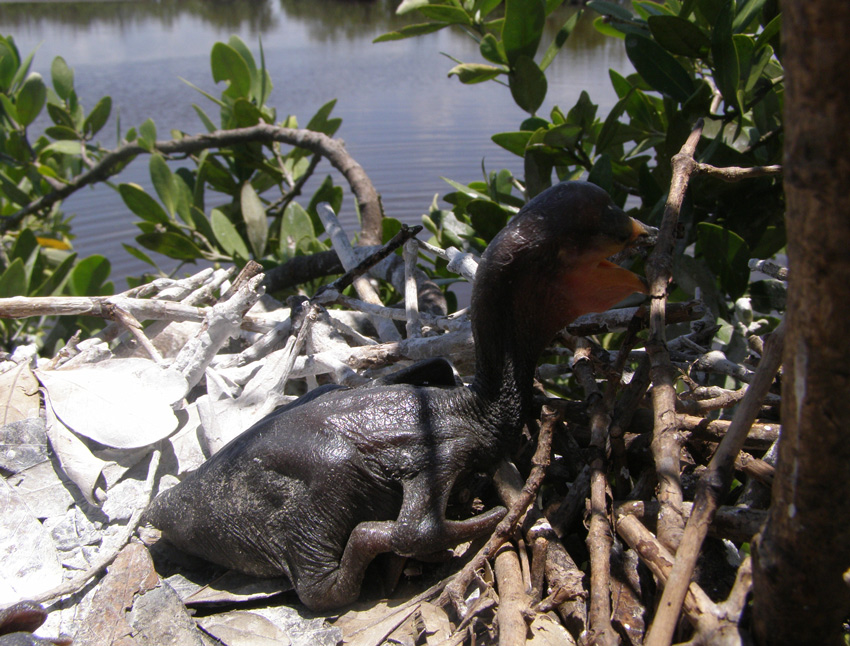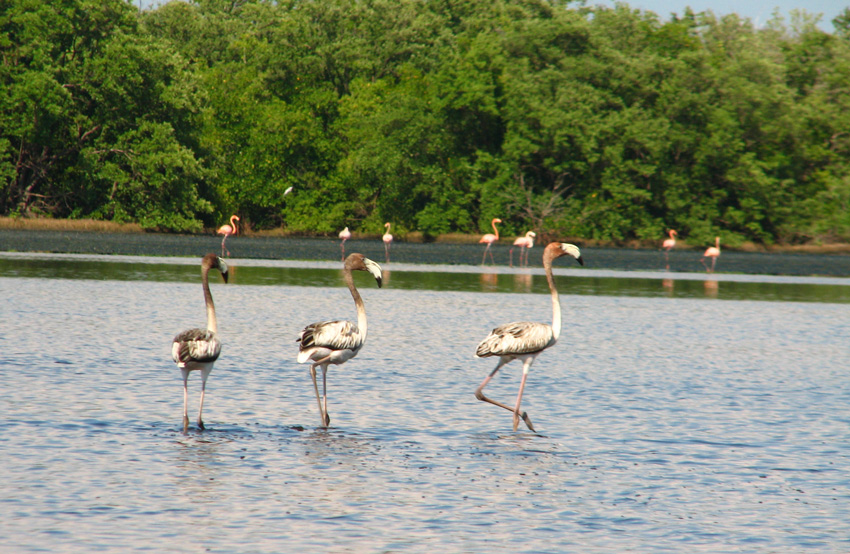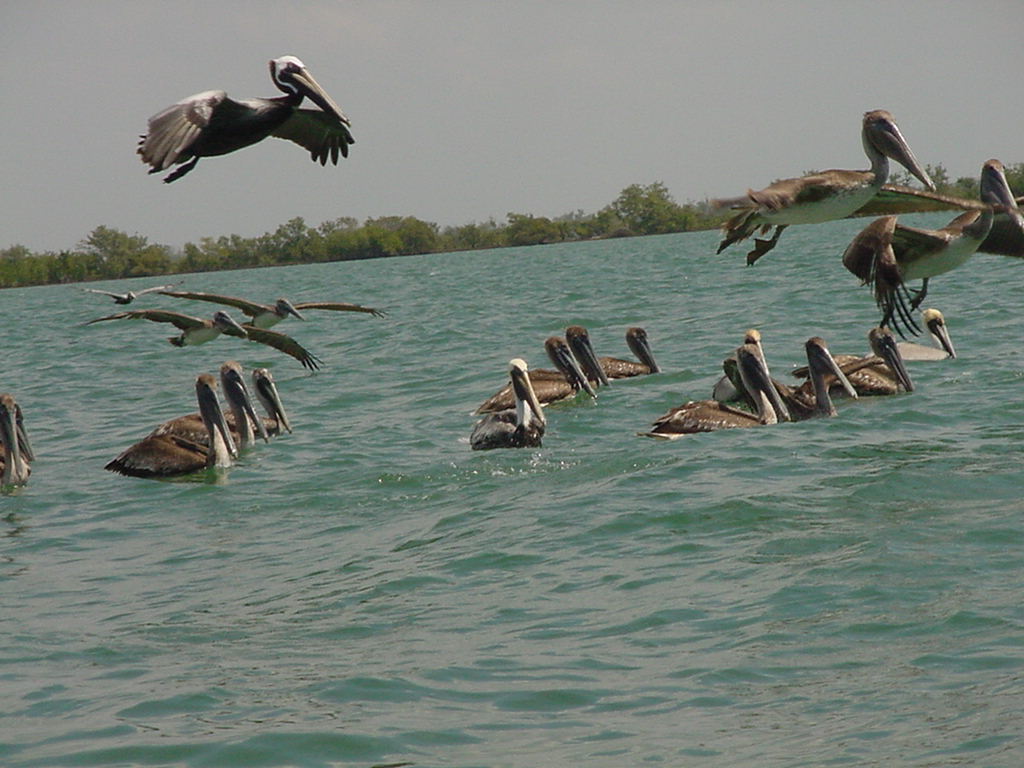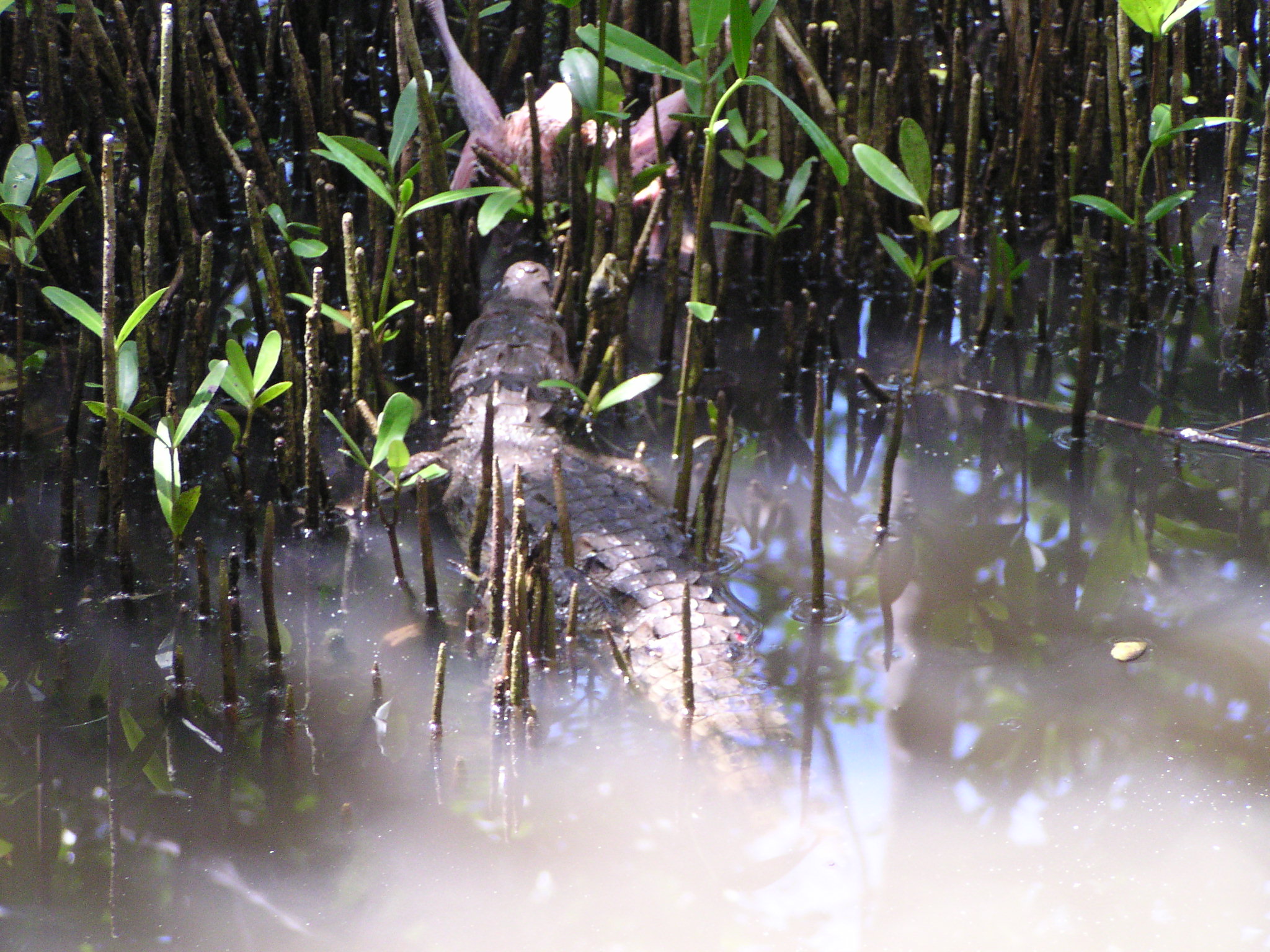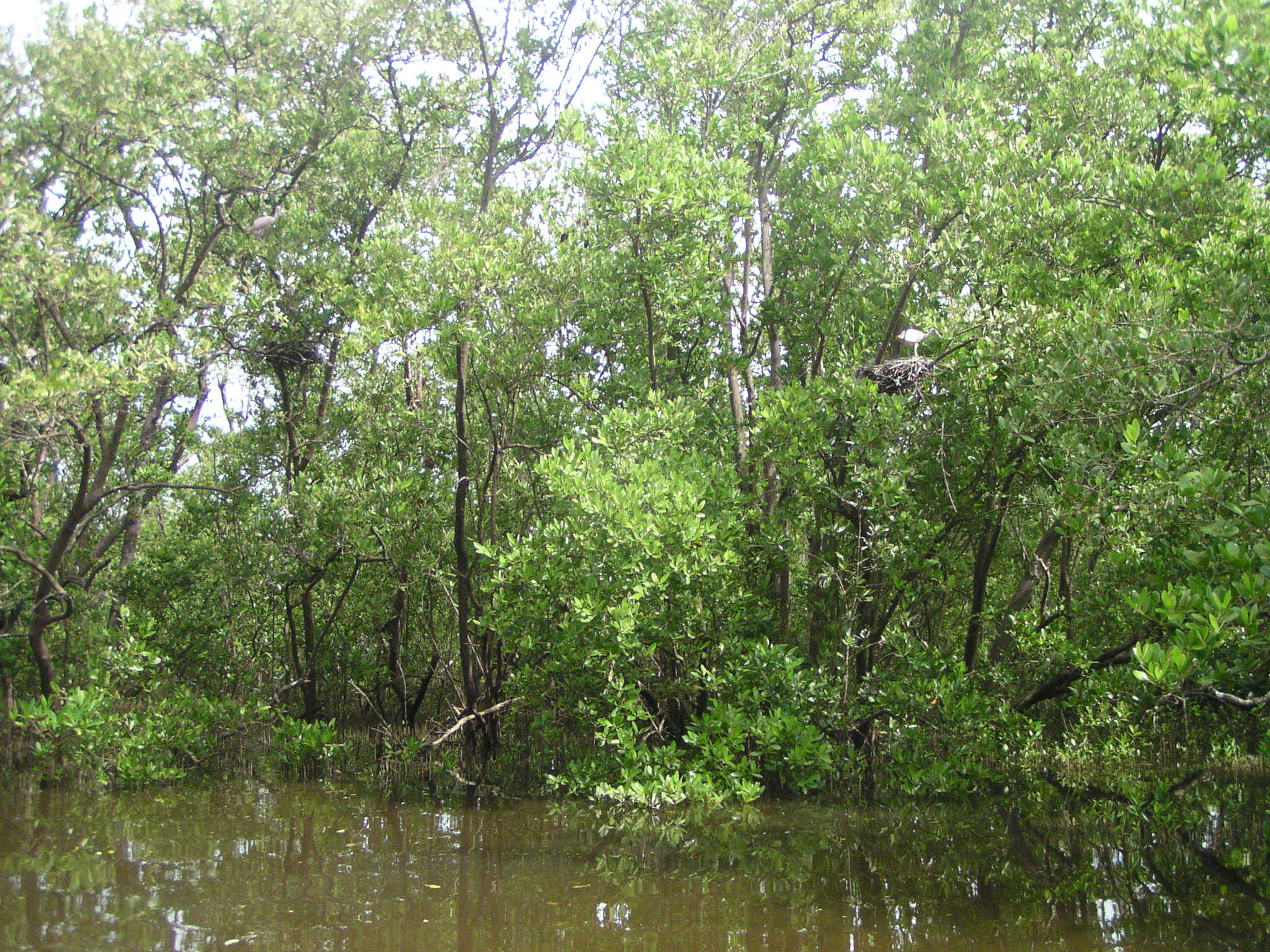A very good state of conservation presents a strip of the geography of the province of Las Tunas - located in the southern part of the municipality of Jobabo - that is part of the Birama wetland, which also occupies an area in Granma; and it is the second most important in Cuba, after the Ciénaga de Zapata.
Las Tunas, Cuba.- In that area, the water, the wind and the vegetation mix to become the habitat of many animals such as permanent and migratory birds; as well as the Acutus or American crocodile, whose population is the largest in the continent.
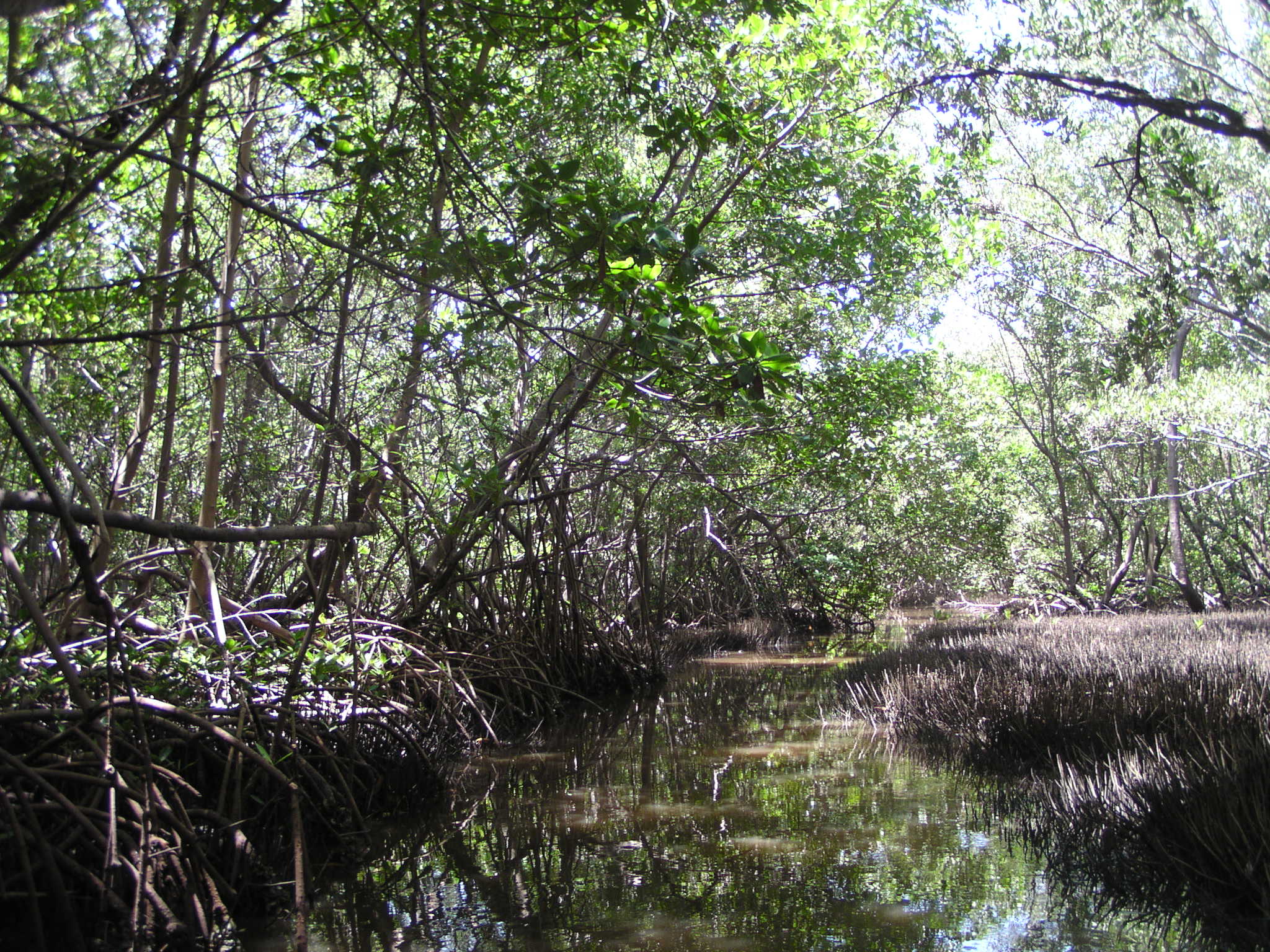
Precisely because of its conservation, the Monte Cabaniguán-Ojo de Agua protected area holds the Ramsar Site Status, an honorary title that is awarded to the most conserved wetlands and that responds to the name of the Iranian city in which the convention on these ecosystems was signed, on February 2, 1971.
LEARN MORE
Ramsar Convention
The aforementioned document establishes the cooperation actions aimed at the protection and use of the natural resources that are developed in these areas, which are recognized as valuable sources of water and natural breeding grounds for fish, reptiles, amphibians, and birds; in addition to its role in reducing the negative effects of climate change.
In the world, there are more than a thousand wetlands. The most important in Cuba are the Ciénaga de Zapata, with an area of 452 thousand hectares; and that of Birama, in the delta of the Cauto River, which has an almost virgin environment since no man-made effects are reported.
Also, Buenavista, in the provinces of Villa Clara and Sancti Spíritus; the Lanier Swamp, south of the Isle of Youth; and the Great North Wetland, in Ciego de Ávila.
Together, the wetlands of the Cuban Archipelago cover an area of about 10,410 square kilometers, including swamps and boggy areas, which represent 15 percent of the country's surface.
